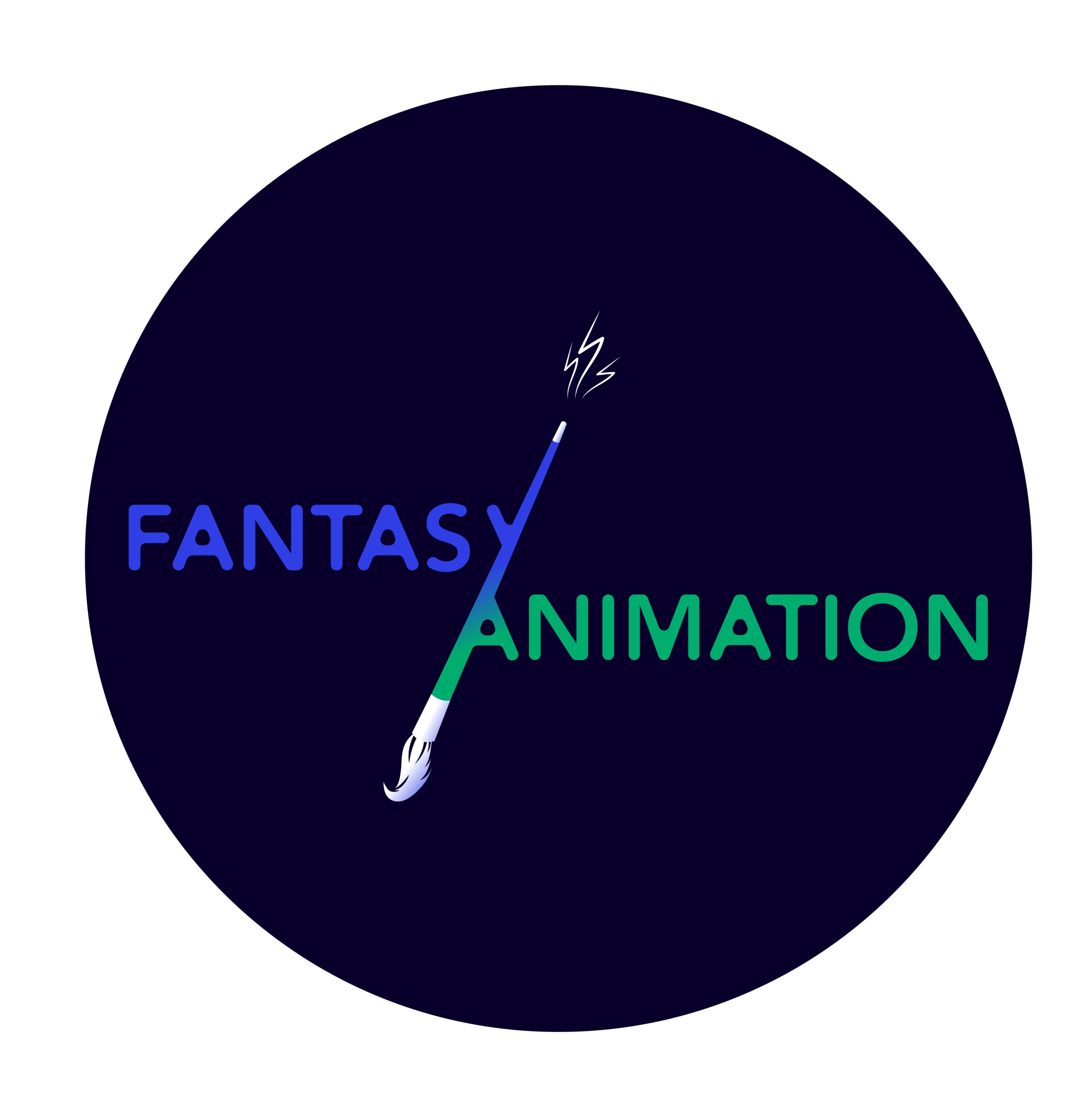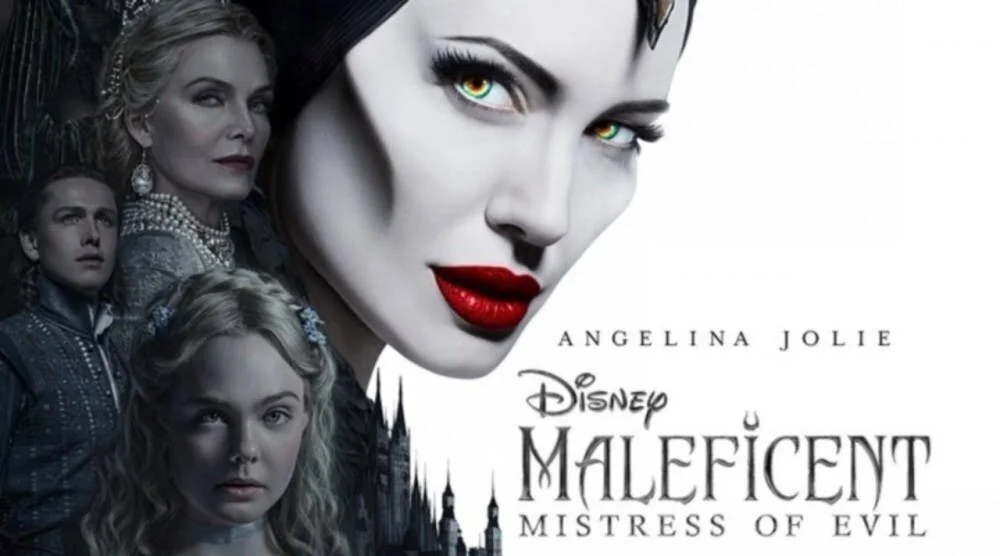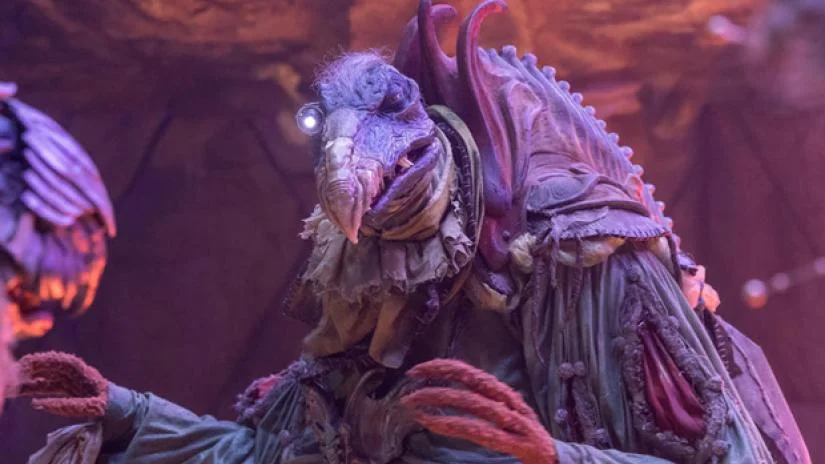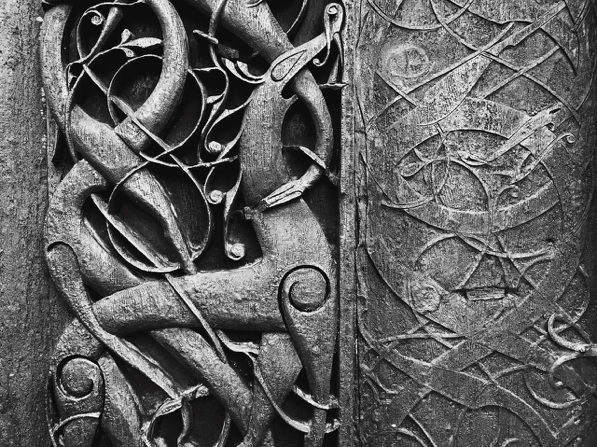For nearly 100 years, the name Walt Disney has been synonymous with top class, polished, and popular animation. Teams of animators churn out major films every couple of years, often to great financial success, and usually with a very particular ‘Disney-esque’ style. Timothy White purports that this style is, at least partly, typified by an attempted realism and continuity editing, typically associated with “Hollywood” cinema (1992: 3-16), meanwhile Paul Wells similarly ascribes a “mimetic” quality to Disney’s style, describing it as “orthodox” (2003: 220).
Read MoreCommenting on the fan/ critic division of Star Wars Episode IV: A New Hope (George Lucas, 1977), Todd Berliner (2017) observes that: The original Star Wars (1977) has become one of the most widely and intensely loved movies of all time. Film scholars, however, lambasted Star Wars for its simplicity. Peter Lev calls it one of the “simple, optimistic genre films in the late 1970s.” David Cook says it privileges “a juvenile mythos.” Jonathan Rosenbaum calls the movie mostly “fireworks and pinball machines,” a deliberately silly film that offers only “narcissistic pleasures.”
Read MoreIn today’s visual culture, animation is at an interesting turning point, poised between fiction and fact, perhaps combining the two. We are increasingly confronted with ubiquitous animated images, videos, and gifs, for example, on smartphones, computers, in airplanes, doctors’ offices, schools, and many more, which are all used uncritically to represent or express real events, feelings, processes, and interactions.
Read MoreThere is no accounting for taste at the best of times, but this past month’s constant stream of dire global pandemic news and projections has wreaked havoc on streaming algorithms, as quarantined audiences scramble to keep themselves occupied with a wide variety of new content. While many have opted to dive headfirst into big cat-themed true crime, others are eschewing escapist entertainment in favor of a morbid fascination with newly relevant fictional contagion narratives.
Read MoreMichael Dougherty’s Godzilla: King of the Monsters (2019) was the thirty-fifth feature to star the giant kaiju (the Japanese word generally used to refer to giant movie monsters). Although it was the latest in a series of films spanning 65 years, it was only the fourth time that “the Big G” had appeared as a fully digitally animated creature, discounting the anime series on Netflix (2017/8).
Read MoreFrom the multi-sunned vistas of Star Wars VIII: The Rise of Skywalker (J.J. Abrams, 2019) to the Slavic monster-hunting in Netflix’s The Witcher (Lauren Schmidt Hissrich, 2020) there has been an immense rise in fantasy and science fiction fuelled by spectacularly crafted movie magic.
Read MoreTwo recent big screen biopics released within a few months of each other between October 2018 and May 2019 offered notably contrasting portrayals of popular musical icons. But if the lukewarm critical reception surrounding recent Freddie Mercury/Queen biopic Bohemian Rhapsody (Bryan Singer, 2018) put the genre under scrutiny for its questionable re-appropriation of real-life, then Rocketman (Dexter Fletcher, 2019) seemed remarkably immune to such criticisms.
Read MoreA scientific experiment goes awry and rips a hole in the fabric of reality. It is a gateway to a parallel universe, similar to our own in some ways, yet vastly different in others. The concept of alternate universes coexisting within a broader multiverse has been a staple of science fiction and fantasy since Michael Moorcock first adopted the trope in his 1963 novella The Sundered Worlds. A fictional multiverse opens up an extraordinary range of new possibilities for creative storytelling, unconstrained by a single world’s established history or even its laws of reality. It is that malleability that makes multiverses the perfect narrative framework for a crossover story.
Read MoreThe Walt Disney Company does not have the best record when it comes to diverse ethnic and racial representation. Despite spending the latter half of the last decade trying to rectify this problem across its Disney, Pixar, and Marvel Studio offerings, attempts to broaden on-screen representation still leaves both audiences and critics wanting.
Read MoreWhat does animation when utilised in cinema have to do with the Anthropocene? This term emerged in the scientific community at the turn of the millennium as a way of categorically establishing the impact of humans (or Anthropos) on Earth by naming the current geological era after them. I seek here in this blog post to think about the relationship between special effects and a geological era characterised by human activity on Earth – global warming, the sixth mass extinction, mass migration.
Read MoreAnnihilation (Alex Garland, 2018), a science fiction film set in the present day, stands out as a compelling example of fantasy/animation through its representation of chimerical monstrous creatures. The film contains uncanny imaginings of alligator-shark hybrids, skull-faced bears that growl with human voices and flower patches spectrally arranged in the shape of the human body.
Read MoreIt’s Christmas in the Western world, which, in the United States at least, means it’s time for holiday movie marathons! As per tradition, thousands of Americans gather around the television to watch animated classics like How the Grinch Stole Christmas (Chuck Jones & Ben Washam, 1966), A Charlie Brown Christmas (Bill Melendez, 1965), Frosty the Snowman (Jules Bass & Arthur Rankin, Jr., 1969), A Nightmare Before Christmas (Henry Selick, 1993), and, of course, Rudolph The Red-Nosed Reindeer (Larry Roemer, 1964).
Read MoreIn the introduction to Fantasy/Animation: Connections Between Media, Mediums and Genres, Christopher Holliday and Alex Sergeant argue that “the fantasy and animation relationship should be conceptualized not as an “and” or an “or”, but as a dialect of “fantasy/animation”” (2018: 13). The slash that appears in the book’s (and this blog’s) title is not a ‘fixed divide’, but a “fluid channel through which fantasy and animation are permitted to intersect, collide and intermingle” (ibid.)
Read MoreAs academics we find it easy to converse about the complete, those films that have made their way onto the screen and given audiences pleasure and academics room for discourse and assessment. The ‘completed’ animation finds itself venerated the world over and as a medium, or art form, it appears capable of fitting almost any brief, defying the shackles of live-action and capable of producing, from a visual point at least, works of both realism and fantasy that are only limited by the imagination and skills of the creator.
Read MoreMy first encounter with animated fantasy was, ironically, static in two dimensions. While I wasn’t born when Smallfilms’ The Pogles was originally broadcast by the BBC in 1965, I grew up watching repeats of Pogles’ Wood (Oliver Postgate,1965-1967) in the Watch with Mother slot in the early 1970s. Some kind person bought me the hard-cover annual from the original series (that was never repeated by the BBC because it was considered too frightening), and I can clearly remember the delighted horror with which I would timorously turn the page to see the villainous Witch of the story – the reason for the one-time-only broadcast.
Read MoreIn around 1957, Jim Henson travelled through Europe, as Michael Davis describes in his book Street Gang: The Complete History of Sesame Street and “took in puppet performances throughout Europe…impressed at how appreciated the art form was outside the United States” (2008: 83). It was this commitment to the form of puppetry and its capacity for emotional expression and innovation of technology and technique that finds such full realization in The Dark Crystal (Jim Henson, 1982) as a vividly authored high fantasy film.
Read MoreLife is Strange 2 (2018-) is a deeply emotive episodic videogame that revolves around a teenager and his young brother who are thrown into a series of adventures steeped with numerous struggles rooted in modern social and cultural realism. Towards the beginning of the game, the boy’s father dies at the hands of a police officer (who also is killed), and the siblings must go on the run out of fear they may be wrongly accused, arrested and separated.
Read MoreI want to tell you about my favourite personal interest and ruling passion as a scholar, the thing I find it hard to live without; television animation. But you should know something about me first. I was diagnosed very young with Asperger’s Syndrome, which is considered to be on the high end of the Autism spectrum. People with Asperger’s can function well by themselves and amongst friends and family, and work well when given tasks that they can do, but find it very difficult communicating to others if they don’t know how to, or if they have never met or interacted with someone before.
Read MoreNature inspires all forms of creativity, playing an important role in a range of fantasy stories and feature films. The context of the natural environment is not only often vital to the atmosphere of each story’s setting but, equally, the direction and drama of the unfolding plot. In this blog post, I wish to discuss how natural symbols in Norse legend influence in particular some of the animated fantasy media we see today; including the film adaptations of The Lord of the Rings (Peter Jackson, 2001-2003), the Marvel Cinematic Universe superhero franchise, and the recent series Vikings (Michael Hirst, 2013-).
Read More



















